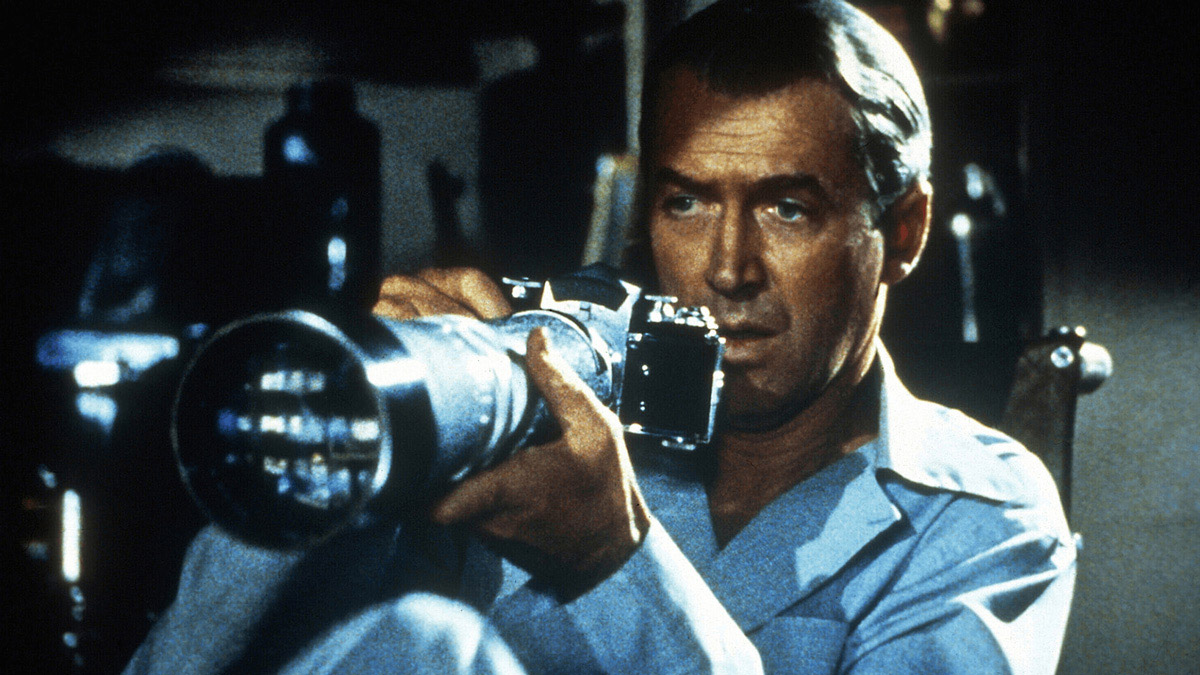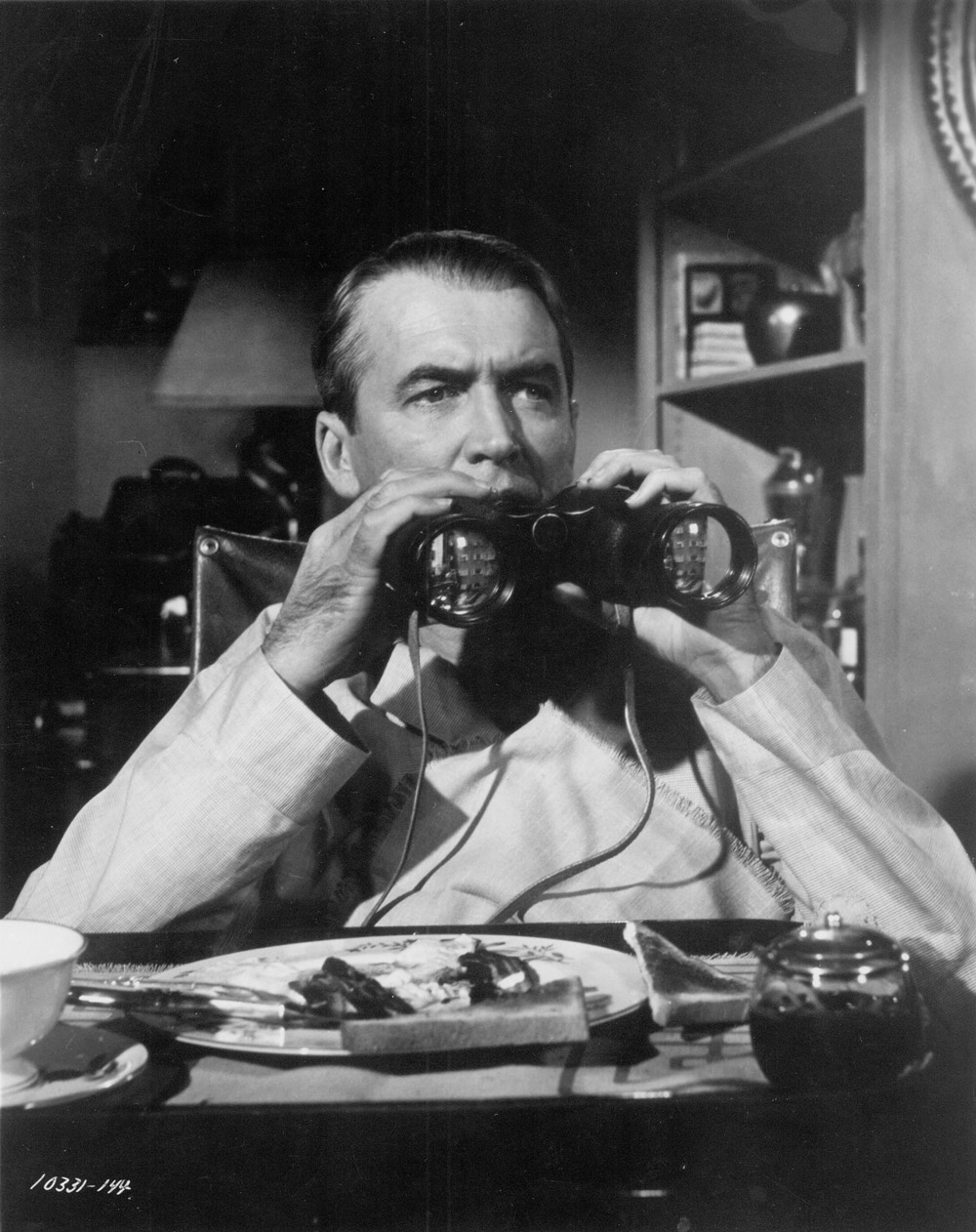
(c) Photofest / Getty Images
Hitchcock's "Rear Window" features a harmony of diverse love. It's not just a "peek" movie.
2019.05.30
What does the "Kuleshov effect" bring about?
As we revisit Rear Window, let's look at the classic dialogue-style book Hitchcock/Truffaut (Shobunsha). In it, Francois Truffaut, a famous film director and critic, begins the conversation by telling Hitchcock, "This is my favorite Hitchcock film, along with Notorious (1946)" (p. 217).
The original story was a short story by Cornell Woolrich (William Irish). Hitchcock was attracted to the original story because it had the potential to create a purely cinematic film. In other words, the opening scene shows a man unable to move looking outside, the development scene shows what he sees through the window, and the conclusion shows his reaction to what he witnesses.
It is a simple yet powerful three-stage structure. "There is no purer expression of a cinematic idea than this" (p.218), says Hitchcock, and he goes on to talk about the "Kuleshov effect."
One section of Pudovkin's theory of montage describes an experiment he conducted with Kuleshov in which they spliced in different shots after a close-up of an actor, and depending on the content of the following cut, entirely different emotions seemed to emerge on his face.
Hitchcock also used this effect in Rear Window, by showing a close-up of James Stewart and then intercutting various shots of what he is looking at, making the same face express a range of emotions: for example, when a puppy appears on screen, the face turns into a gentle smile, and when a half-naked woman appears on screen, the face suddenly turns into a nasty grin.

"Rear Window" (c) Photofest / Getty Images
Indeed, this film is not merely a suspense story, but also easily jumps out of the world of Woolrich's original short story, spinning a rhythmic tale using the switch between "the peeper" and "the person or thing being peeped at." The rich emotions and innovative sensibilities that gush out of it constantly bring fresh air to the limited space, which can be said to be the result of the "Kuleshov effect" that Hitchcock brought to the film.

